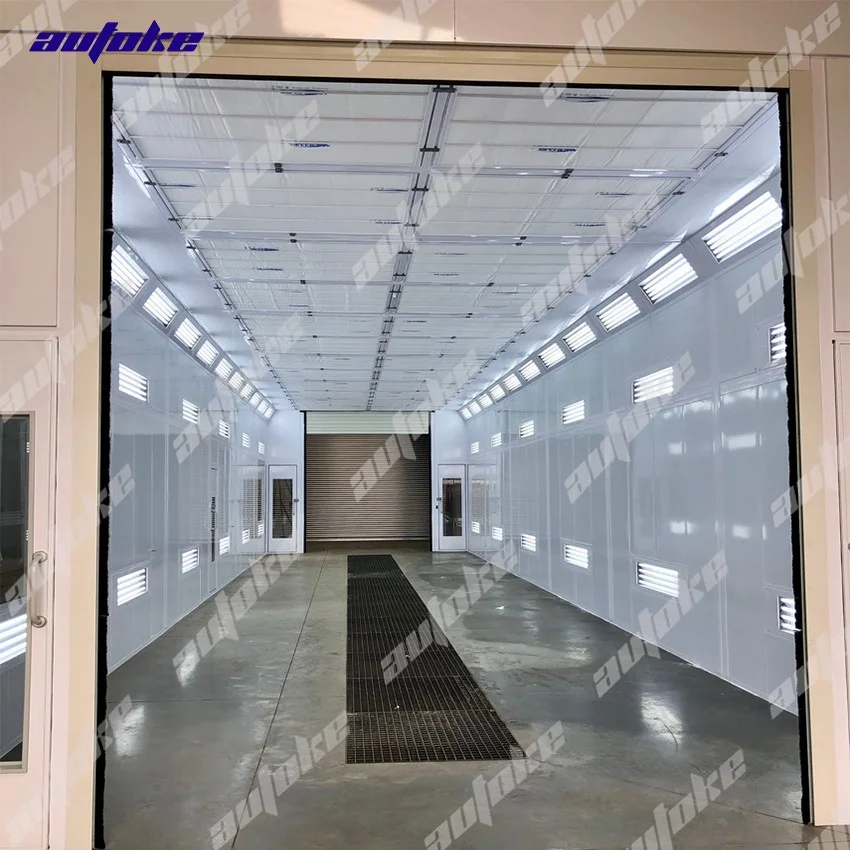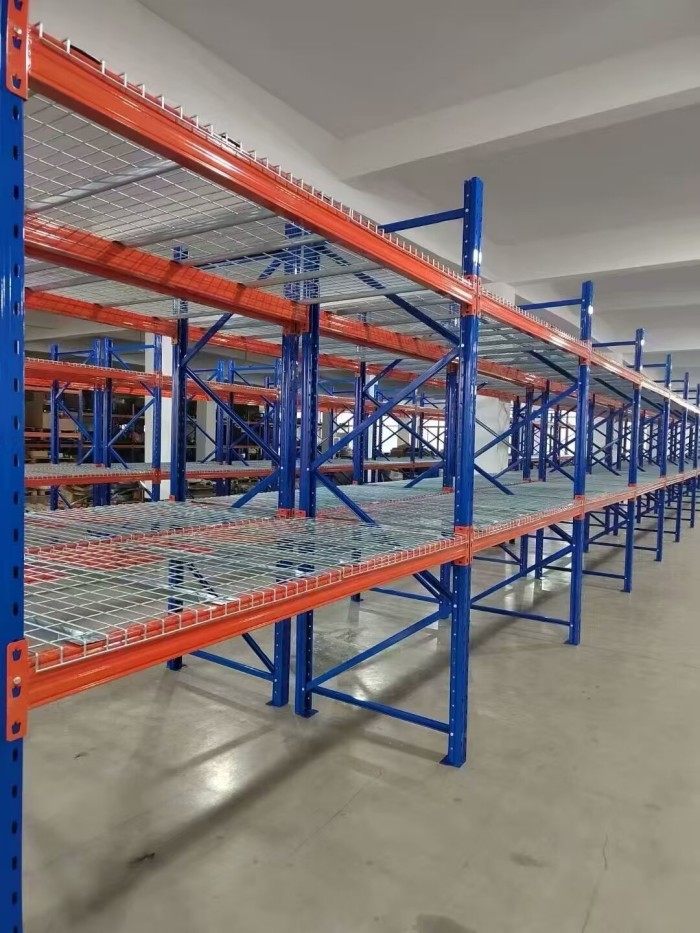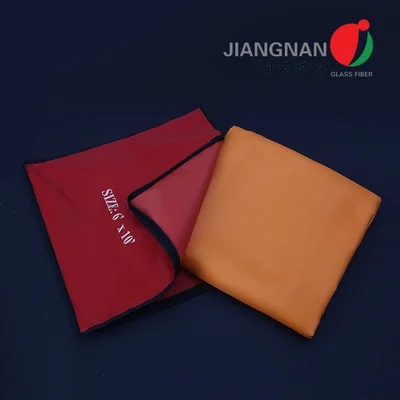In an era where energy efficiency and thermal management are paramount, understanding the best insulators against heat is crucial for both industrial applications and everyday life. Whether you are designing a high-performance building, developing energy-efficient appliances, or simply seeking to improve your home’s comfort, the choice of insulation material can significantly impact thermal performance. This article delves into the science of thermal insulation, exploring various materials and their effectiveness in resisting heat transfer.
Understanding Heat Transfer
Before we dive into the specifics of insulation materials, it is essential to grasp the fundamental principles of heat transfer. Heat can be transferred through three primary mechanisms: conduction, convection, and radiation.
- Conduction occurs when heat moves through a solid material, driven by temperature differences.
- Convection involves the transfer of heat through fluids (liquids or gases) as they circulate.
- Radiation is the transfer of heat through electromagnetic waves, which can occur in a vacuum.
Effective insulation materials are designed to minimize these heat transfer processes, thereby maintaining desired temperatures in various environments.
Key Properties of Insulating Materials
When evaluating insulation materials, several key properties should be considered:
- Thermal Conductivity (k-value): This measures a material's ability to conduct heat. Lower k-values indicate better insulating properties.
- R-Value: This is a measure of thermal resistance. The higher the R-value, the better the material insulates.
- Density: The density of an insulating material can affect its thermal performance and soundproofing capabilities.
- Moisture Resistance: Insulation materials should resist moisture to prevent mold growth and degradation.
- Fire Resistance: Safety is paramount; thus, materials should have adequate fire resistance ratings.
Top Insulating Materials
- Aerogel: Often dubbed frozen smoke, aerogel is one of the most effective thermal insulators available. With an incredibly low thermal conductivity (as low as 0.013 W/m·K), aerogel is used in applications ranging from space exploration to building insulation. Its lightweight and porous structure make it an excellent choice for high-performance insulation.
- Polyurethane Foam: This versatile material is widely used in both rigid and spray foam forms. With an R-value of around 6 to 7 per inch, polyurethane foam provides excellent thermal resistance. Its ability to expand and fill gaps makes it ideal for sealing and insulating irregular spaces.
- Fiberglass: A staple in the insulation industry, fiberglass is composed of fine glass fibers and offers an R-value of about 2.9 to 3.8 per inch. It is non-combustible and resistant to moisture, making it suitable for a variety of applications, including residential and commercial buildings.
- Mineral Wool (Rock Wool): Known for its excellent fire resistance and soundproofing qualities, mineral wool has an R-value ranging from 3.0 to 4.0 per inch. It is made from natural or recycled materials and is resistant to moisture, making it a sustainable choice for insulation.
- Cellulose: Made from recycled paper products, cellulose insulation is an eco-friendly option with an R-value of about 3.1 to 3.7 per inch. It is treated with fire retardants and is effective in reducing air leaks, making it a popular choice for retrofitting older homes.
- Reflective or Radiant Barrier Insulation: This type of insulation is particularly effective in hot climates. It works by reflecting radiant heat away from living spaces, thus reducing cooling costs. Typically made of aluminum foil, it is installed in attics and can significantly improve energy efficiency.
Choosing the Right Insulation
Selecting the best insulator against heat depends on various factors, including climate, building design, and specific application needs. For instance, in colder climates, materials with higher R-values, such as spray foam or rigid foam boards, may be preferred. Conversely, in warmer climates, reflective barriers might be more effective.
Conclusion
In conclusion, the quest for the best insulator against heat is multifaceted, involving a careful evaluation of material properties, application requirements, and environmental considerations. Aerogel, polyurethane foam, fiberglass, mineral wool, cellulose, and reflective barriers each offer unique advantages that cater to different insulation needs. By understanding the science behind thermal insulation and the characteristics of various materials, you can make informed decisions that enhance energy efficiency, comfort, and safety in your living or working spaces. As technology advances, we can expect even more innovative solutions to emerge, further revolutionizing the field of thermal insulation.



